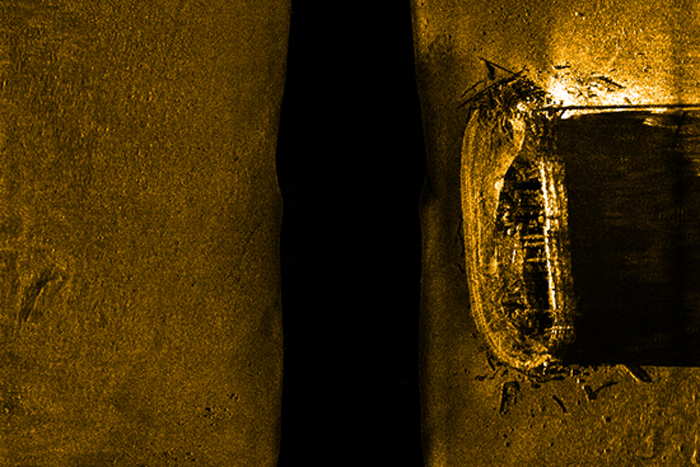What Doomed Franklin's Polar Expedition? Thumbnail Holds Clue

For 170 years, scientists, historians and amateur sleuths alike have been trying to figure out what led to the demise of the Franklin Expedition, one of the deadliest disasters in polar exploration, which left all 129 crew members dead in the Canadian Arctic.
Now, a fingernail may hold clues about the fate of these men.
Researchers were able to reconstruct some information about the health and diet of one of Sir John Franklin's men in the weeks before his death, based on chemicals stored in his fingernail. Their study, published Dec. 6 in the Journal of Archaeological Science: Reports, offers further evidence against the theory that lead poisoning played a role in the expedition's fateful end. [In Photos: Arctic Shipwreck Solves 170-Year-Old Mystery]
Franklin's lost voyage
On behalf of the British Royal Navy, Franklin set out in 1845 with two ships, the HMS Erebus and the HMS Terror, in search of a northwest passage that would connect the Atlantic and Pacific oceans. The expedition became trapped in ice at Beechey Island in September 1846. Franklin died in June 1847.
According to the last written record from the crew, the ships were deserted in April 1848, as the surviving men left on foot to attempt to reach a trading post.
Search parties have collected scattered artifacts in the Arctic. (The shipwrecks of the Erebus and Terror were discovered only in the last few years.) And the graves of some of Franklin's men have been found. Most of the expedition's records, including their illness logs, have been lost, so mystery surrounds the final months, but they were likely desperate times. Inuit witness testimonies and more recent studies have suggested that some of Franklin's starving men resorted to cannibalism.
In the 1980s, scientists found high lead levels in thebones of crewmembers who were exhumed from their graves on Beechey Island. A common theory was that the men likely suffered from lead poisoning from metal in their food tins or in their drinking water system. While lead poisoning may not have been enough to kill Franklin and his crew, it could have exacerbated the effects of scurvy and starvation, and its neurological symptoms could have made the men delirious and mentally impaired.
Sign up for the Live Science daily newsletter now
Get the world’s most fascinating discoveries delivered straight to your inbox.
Zinc deficiency to blame?
In a new study, Jennie Christensen, atoxicologist at TrichAnalytics in British Columbia, Canada, and her colleagues looked at a thumbnail and a big toenail from John Hartnell, one of the crewmembers who was buried on Beechey Island during the first stranded winter. The researchers were able to document how his exposure to different metals changed on a weekly basis. They concluded that Hartnell had lead concentrations within the normal range for healthy adults, and that his lead levels only spiked during his final weeks before his death, when his bones were breaking down and releasing stored-up lead into his system.
Christensen and her colleagues also found another potential culprit for Hartnell's declining health: a chronic zinc deficiency, perhaps related to a lack of meat in his diet.
A lack of zinc may have caused symptoms like emotional instability, depression and diarrhea, and it might have suppressed Hartnell's immune system, increasing his vulnerability to tuberculosis and pneumonia —the diseases that eventually killed him, the researchers wrote.
"Given Hartnell's nail zinc concentration pattern, it is probable that the tinned food was not appreciably zinc-rich and/or fresh arctic meat was not available to supplement the crew's diet," Christensen and her colleagues wrote. "While these speculations are based on only a single crewman, Hartnell's nail suggests other men on the Franklin Expedition may have shared a similar fate."
The new study builds on other recent research that suggests lead poisoning wasn't a major factor in the failure of Franklin's expedition. A 2014 study published in the journal Polar Record found that the lead levels of the crewmembers might be considered high today but were consistent with the wider 19th-century population. Another 2013 paper, published in the journal Applied Physics A , showed that the crew likely ingested lead throughout their lives, and there was no spike in lead ingestion during the expedition.
Original article on Live Science.











